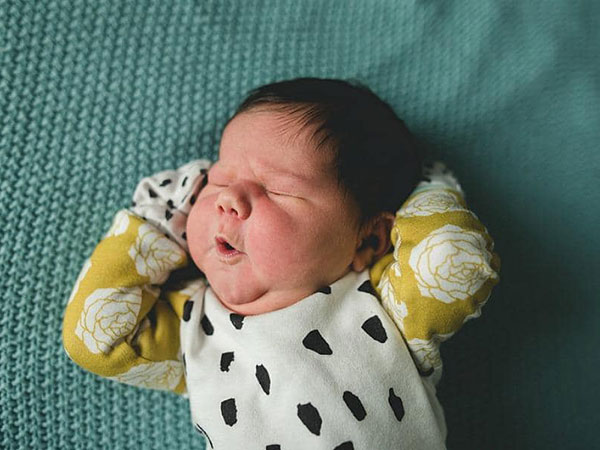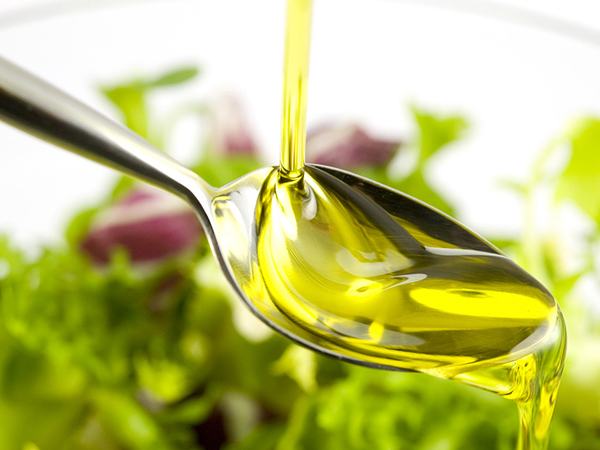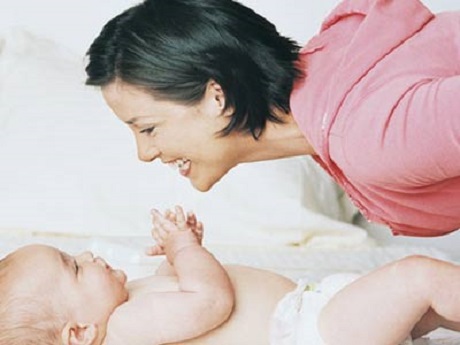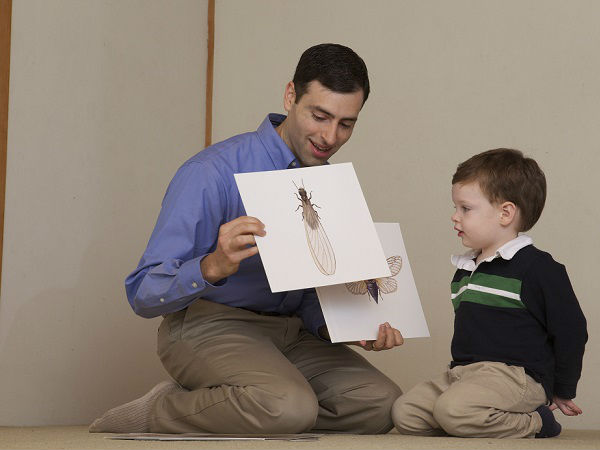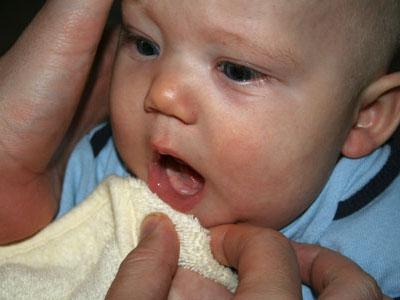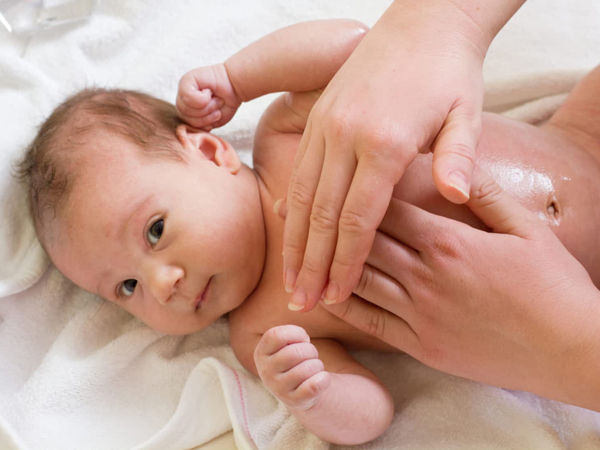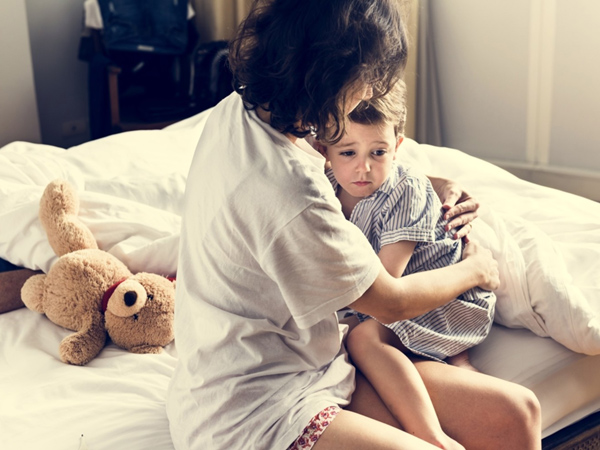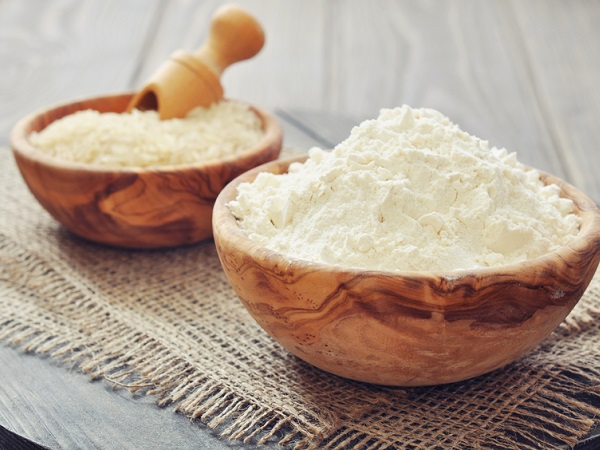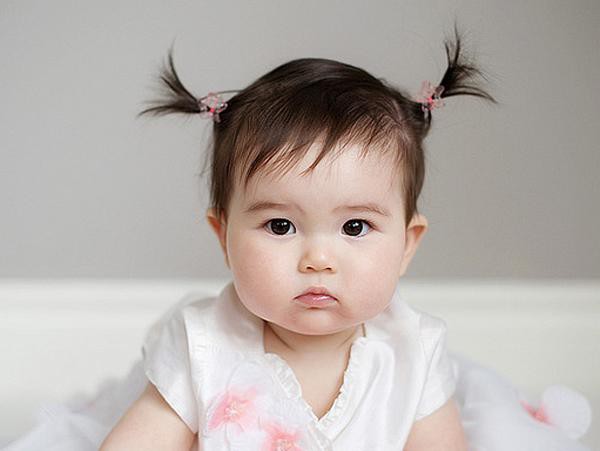More than 90% of inflammatory skin diseases in babies are caused by external bacterial attacks. To protect your child's fragile and vulnerable skin, mothers need to learn about the risks of newborn babies with dermatitis as well as skin infections in babies.
content
What is neonatal dermatitis?
Is infectious dermatitis in a newborn dangerous?
Types of dermatitis in infants
Causes newborn babies have neonatal infectious dermatitis
Signs of dermatitis in a newborn
How to cure dermatitis in infants and children
Complications of skin infections in infants
Prevention of dermatitis in infants
Handling when the baby has dermatitis
Infants with dermatitis are not only uncomfortable and painful, but also serious sequelae. The more you know the information about this children's disease , the mother will have an effective treatment for the baby.
What is neonatal dermatitis?
Dermatitis is a fairly general term for the skin's reaction to external factors that are very common in children. According to statistics, inflammatory skin diseases in newborns are mainly those related to atopic sites.
If you know how to treat and take good care of the disease, it can go away on its own, but not treated properly can make the disease worse and complications are quite dangerous.
Is infectious dermatitis in a newborn dangerous?
Infectious dermatitis manifests itself in varying degrees. Lesions such as scratches will cause deep wounds, deep skin infections. And shallow manifestations such as the appearance of blisters, redness, peeling skin, ...
Skin infections can appear in many places on the baby's body such as arms, legs, scalp, buttocks, ... When you notice that your baby has bad symptoms on the skin, you must quickly treat it to ensure your baby is protected. Best of all, avoid dangerous risks.
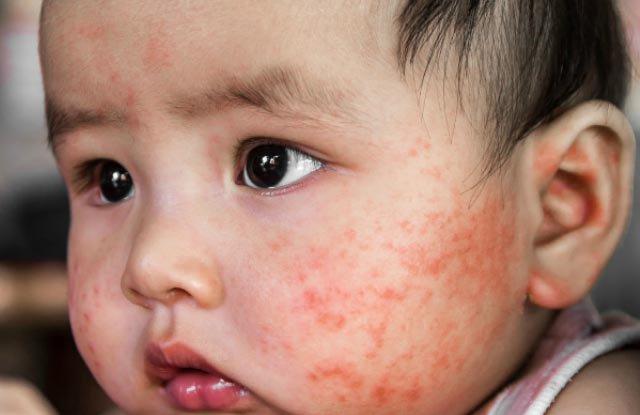
Infectious dermatitis is very dangerous, mothers should take precautions for the baby
Types of dermatitis in infants
Dermatitis refers to inflammation of the skin, and there is more than one type of neonatal dermatitis. In order to have preventive methods as well as appropriate treatment, parents need to distinguish the basic types of dermatitis that rewarded in newborn babies.
Infants suffer from purulent dermatitis
Infant pyodermatitis is a very common form of dermatitis that often develops in infants and young children. The disease develops most strongly in the summer, when the baby's body secretes a lot of foul tissue, creating favorable treatment for bacteria and viruses that cause disease to develop.
Babies with pyodermatitis will ripple on the skin, or come back to cause damage to their skin.
Babies with atopic dermatitis
The rate of children worldwide suffering from Atopic Dermatitis is about 10-20%. Atopic dermatitis is a chronic, but not contagious, skin disease.
Typical symptoms include dry, irritating skin. When the skin flare up has symptoms of mild itching to intense, itchy red inflammation.
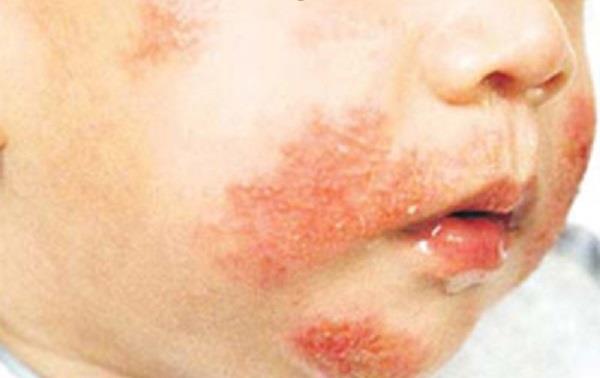
The signs of dermatitis are quite obvious, remember to pay attention to observe carefully
While there are no known treatments, regular and consistent skin care can help relieve symptoms and prolong the non-flare-up period.
Babies with atopic dermatitis
Atopic dermatitis in children is a chronic, progressive disease that occurs in children with a history of relatives suffering from allergic factors such as asthma, allergic sinusitis, urticaria ....
Babies with scalp inflammation
Dermatitis: (seborrheic dermatitis) is also a chronic skin disease, due to the effect of androgens (a hormone that stimulates the activity of the sebum) from the mother through the placenta, so many children get sick.
Atopic dermatitis in a newborn baby
A baby with eczema (or atopic dermatitis) is a chronic skin disease that causes itching and flare-ups. This is a complex pathology with many agents involved, causing two abnormalities:
Defects in the skin barrier (due to a lack of filaggrin), which causes skin to become abnormally dry and sensitive to all types of irritation.
Tendency is sensitive to IgE allergens, causing an overactive immune response.

What leaves can you give your child to bathe in water to make his skin white and pink like an angel? The mentality of Vietnamese parents often wants their children, especially girls, to have lovely pink and white skin. That is the reason why many women do not regret to find out how to help baby's skin as white and pink as Snow White.
Causes newborn babies have neonatal infectious dermatitis
Do you know that the skin structure of an infant is extremely weak, according to which the baby's skin protection mechanism is 5 times weaker than that of adults? Therefore, when bacteria attack, dermatitis is easy to appear.
In particular, the skin in the diaper wrap such as buttocks, groin, genitals is a frequent "victim" of this disease.
When wearing diapers for too long, especially when the baby pooped or pooped but the mother did not know, harmful enzymes from the feces and urine enter the child's skin, causing dermatitis, or diaper rash.
In addition, rough diaper material, damage to baby's skin is also the culprit leading to dermatitis in infants.
According to statistics, about 50% of babies develop dermatitis in the first years of life, especially in the period of 6-9 months.
Long-term damaged skin will partly affect children's sleep and daily meals. Therefore, mothers should not neglect the skin care stage for the baby, especially the diaper area.
Signs of dermatitis in a newborn
Depending on the type of dermatitis in infants, there are different manifestations.
Acute: The blisters are clustered on a red, swollen, watery, itchy skin.
Subacute stage: less edematous lesions on the skin, less dry and itchy onset.
Chronic stage: skin thickened, scaly, lichenized, still itchy.
In the absence of good treatment, it can lead to superinfection, pus, burning pain, sores in any area of the body if damaged.
Dermatitis if not treated early, it is likely that they will not go away on their own, leaving serious sequelae due to inflammation in the face, head, neck - where many blood vessels are concentrated, near the nervous system.
An infection can cause thrombophlebitis and leave behind an irreversible sequel.
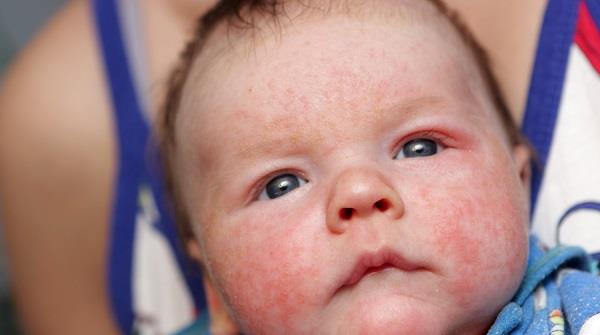
Babies with dermatitis will have many different symptoms
How to cure dermatitis in infants and children
When your child shows signs of dermatitis, you need to take your baby to a dermatologist to be examined and accurately diagnosed by the doctor about the type of dermatitis, the condition, as well as the instructions for use. The best medicine and child care.
Do not let the baby's trauma be too strong for the baby to see because it can cause many health and aesthetic problems for the child.
Skin hygiene for children: can wash, bathe with leaves, but only if the body is mild, not superinfected and rinse with clean water.
Do not arbitrarily use medicines to treat skin diseases for children because they can cause allergies, serious illnesses and conditions for children.
Use drugs as prescribed by a doctor when visiting, not arbitrarily increase or decrease the dose, change the drug or stop the drug.
Do not apply a drug for more than 10 days, abuse steroids and use only antibiotics with superinfection.
Several medications are commonly used to treat dermatitis in infants:
Acute: Jarish solution to cover lesions (with gauze) 2-3 times a day. Antihistamines for sedation and anti-itching.
Sub-level: topical types of lakes, creams: zinc cream, lake, steroid cream, protopic, antihistamine.
Chronic: corticosteroids, antibiotic ointments, salicyle, protopic ointments, antipruritic, antihistamine sedative.
Complications of skin infections in infants
Usually, signs of dermatitis will be reddening of the skin in the diaper area, redness around the genitals, accompanied by a bad odor, discomfort.
The skin around the anus may be light red in color, red and red sore gradually, bleeding, pus, if not cared for and treated in time.
Besides the above discomfort, the disease also affects a lot of children's sleep. Children often fussy and cry, startled during sleep, not sleep straight.
In the long term, children become irritable, lose their health, their height and weight increase slowly.
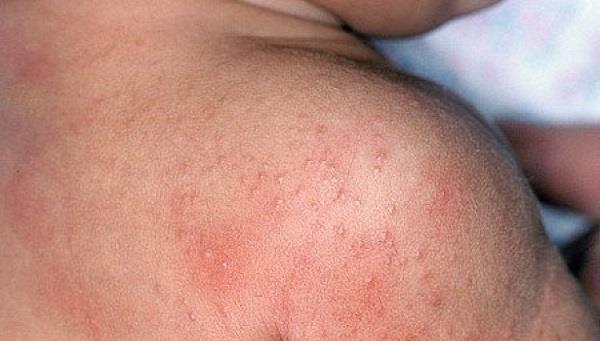
Dermatitis has many very dangerous complications
Prevention of dermatitis in infants
Mother should clean baby skin every day with antibacterial shower gel with the right pH to avoid irritation.
Change diapers often, about every 2-3 hours, especially do not let your child wear diapers with feces or a lot of urine for too long. Note dry the groin area, buttocks after the baby defecates, urinate.
The selection of diapers and diapers is also very important. Mother should choose the type with good absorbent material, ventilation, soft, suitable size.
Before wrapping the baby diaper, the mother can apply ointment to protect the sensitive skin that has to be in contact with the diaper. Accordingly, the ointment chosen by the mother should be a benign type, free of preservatives, odor, and coloration.
Handling when the baby has dermatitis
Baby skin clean, mother can wash with green tea.
Keep the skin in the diaper area cool, avoiding heavy diaper wear.
Wash with diluted purple medicine to prevent the risk of skin infections.
Apply anti-infection medication as prescribed by your doctor.
Give antibiotics to your baby as directed by your doctor when needed.
